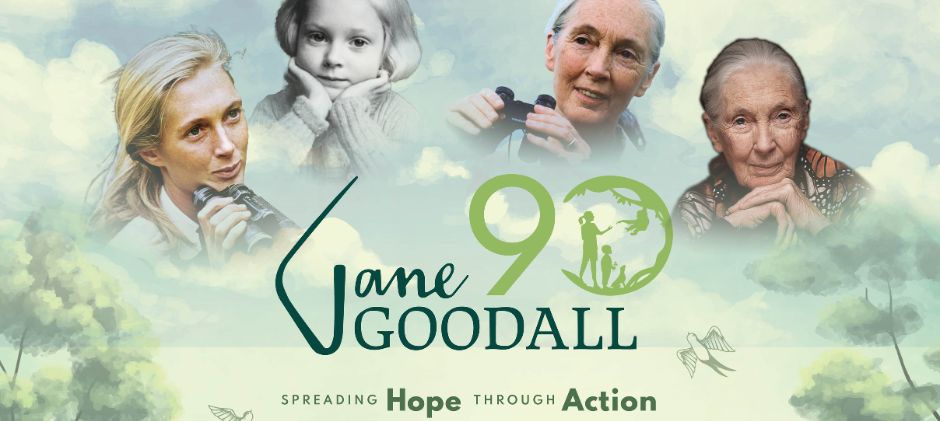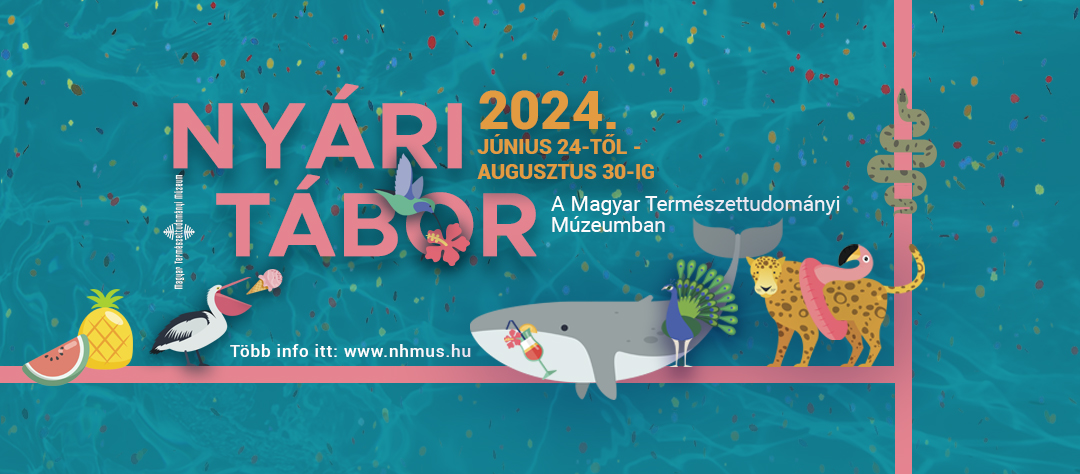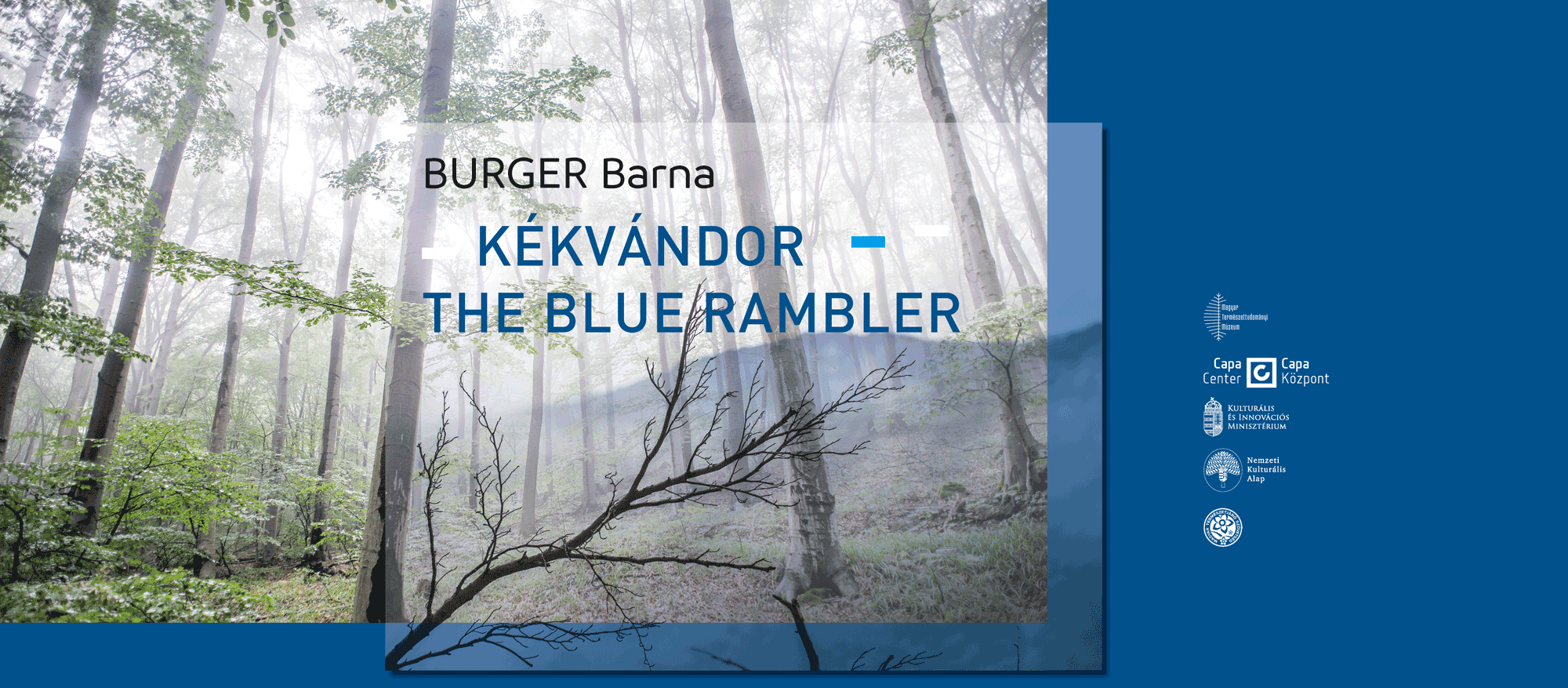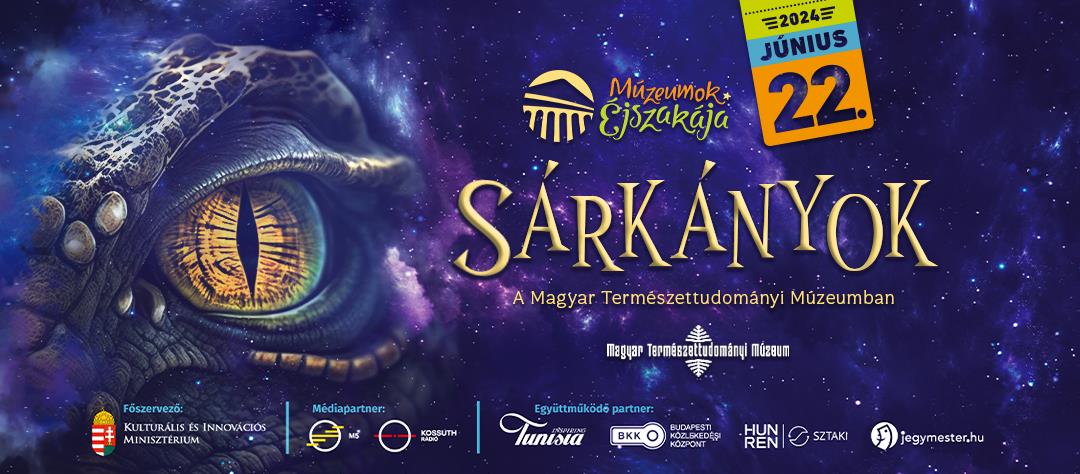The Hungarian Natural History Museum actively contributes in the Synthesys program. A Bulgarian researcher spent 12 days in our institute in its frames, the result of which was the formal description of a Tettigoniidae (commonly called bush cricket or long-horned grasshopper ) species new to science.
By Sára Bőhm
Dragan Chobanov’s professional field is the investigation of the species which belong to the Orthoptera and Blattodea. He has been going on expeditions to explore and collect fauna of the Balkan region for many years. The Hungarian Natural History Museum preserves specimens he has already met on his trips. Therefore, his presence could help us in identification of species. It is difficult to identify and compare species by photos, furthermore, is not easy to observe all of the morphological traits in a picture. When animals have to be dissected, it is better if the specialist comes over and checks the specimens. The infrastructure of our museum is basically attractive for foreign researchers. We have a special microscopic method available, called ScanningElectronMicroscope, which is suitable to take high resolution photos. This equipment helps us in seeing details and analysis- said Gellért Puskás, the Hungarian researcher of Orthoptera, who hosted the Bulgarian colleague in the Orthoptera Collection of the Hungarian Natural History Museum in Budapest.
Dragan Chobanov came to Hungary for 12 days in 2012. I interviewed him about his time spent in the Orthoptera Collection of our museum.
What was the purpose of your visit?
The Synthesys project provided an opportunity to look into the collections of the Hungarian Natural History Museum, which has a lot of information about the fauna we research. We wanted to enhance our knowledge of taxonomy and phylogeny of the South- Eastern European and West- Asian Orthoptera species.
Earlier studies showed us that these regions are not well known in regard to the ortoptheans. Although the number of the collected material is significant, a lot of specimens are waiting for a description. Taking these facts into consideration, we hoped to explore new species and exciting information.
How did the collaboration help in it?
The museum has the proper equipment, a scanning electron microscope (SEM), which is used for taking photos of the morphologic traits, that we can use for comparison later. For this, we basically used the animals of the museum collection, but for the following investigation we also used specimens that we collected. During my time here, I analyzed many interesting specimens and recorded their characteristic traits.
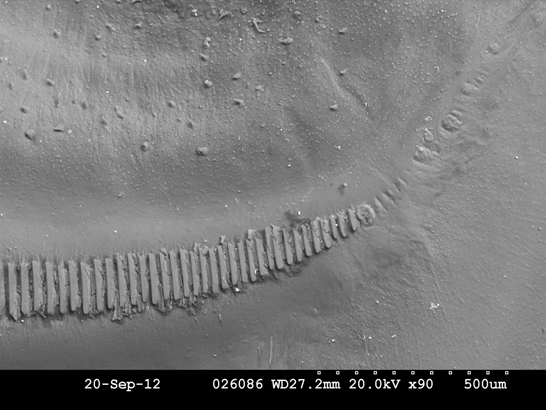
SEM image of stridulatory organ of the species Tettigiabalcanica
What does it mean exactly? What type of data did you focus on?
I took 179 photos by SEM and 457 photos of the characteristic traits by digital camera. Apart from that, I recorded the data of the locations where the investigated specimens had been found to be able to deduct a geographic conclusion later. We had some opportunities to involve several exciting topics; I would probably emphasize the new Tettigonia species the most.
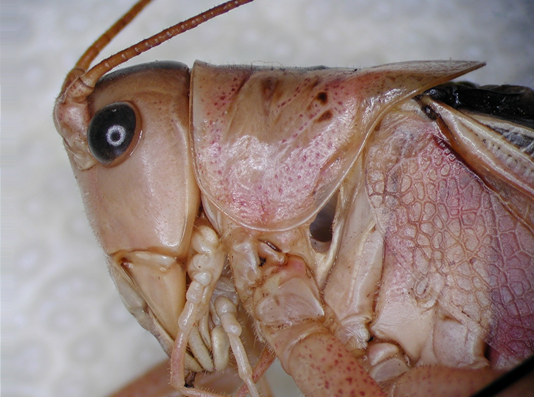
Side view of a Tettigoniabalcanica taken by focus series technology
Why exactly this one? What was its curiosity?
I have been collecting data about the distinctive morphological traits and vocalisation of the specimens since 2001. Together with Gellért we found even more information in the Hungarian collection, so based on the specimens he had collected in Albania and Croatia we managed to describe and publish species new to science.
When did you realize you found a new species?
These specimens are very similar to the already known species, but we noticed some tiny differences while we were doing thorough morphological examinations. Eventually, the differences of their vocalizations made it quite clear to us that we had found a new species, that we named Tettigoniabalcanica. (Click here to listen to the vocalization of Tettigoniabalcanica. Source: Slobodan Ivkovic.)

Tettigoniabalcanica
According to what you have just said, you managed to get all the information and aggregate them efficiently. What is the next step in regards to the collaboration?
We have assembled a lot of data that we need to work up in the future for further publications. Until then, I will stay in touch with Gellért for exchanging information. Currently, I am organizing a meeting which will take place in Sofia next December. The aim is to create a platform that would support faster exchanges of information and knowledge which would be necessary for the data expansion of IUCN (International Union for Conservation of Nature and Natural Resources). Our main purpose is to be able to determine the conservation status of all of the European Orthoptera species. I, for one, am responsible for the Southeast and East European regions and I need the knowledge of the local specialists to complete the list of the Orthoptera, that will help us identify the species that live all around us in our environment and we will know what to protect and how to protect. The biodiversity conservation is very important!
It seems you have a lot of plans to work on together in the future. Can we say then the collaboration has just started?
Yes, and I would like to emphasize the importance of the Synthesys program which gives really great opportunities for the scientists to visit and work in the largest collections of the world and enrich their international social capital in the field. These visits usually end up in very effective and long term collaborations amongst the scientists.
Edited by Bernadett Döme
Photos by Gellért Puskás
